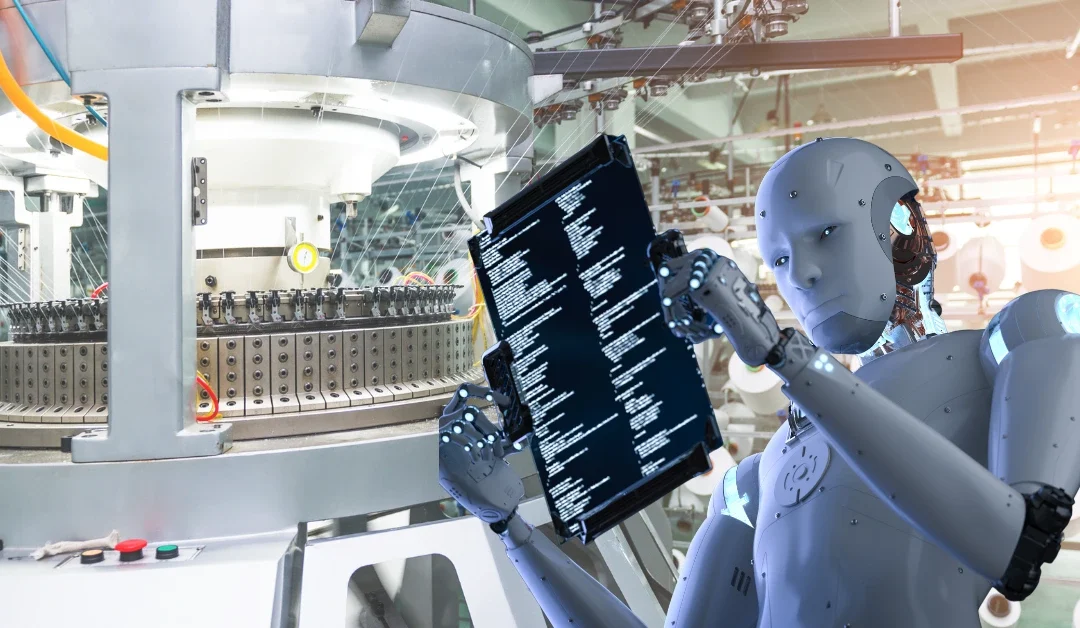In the world of industrial quality assurance, achieving precision in motion analysis is crucial. One of the most effective tools for this purpose is the stroboscope. This article explores how motion freeze with stroboscope can revolutionize the way industry QA professionals conduct inspections and testing.
A stroboscope is an instrument used to make a cyclically moving object appear to be slow-moving or stationary. This effect, known as motion freeze, is invaluable for inspecting machinery and improving manufacturing processes. Let’s delve into how this technology can benefit various industries.

Understanding the Basics of Stroboscopes
Before we dive into the applications, it is essential to understand how stroboscopes work. A stroboscope emits flashes of light at regular intervals. By adjusting the frequency of these flashes, you can synchronize with the motion of the object. When this happens, the object appears stationary, allowing for detailed inspection.
The Science Behind Motion Freeze
The concept of motion freeze relies on the persistence of vision. When the frequency of the strobe light matches the object’s motion, it creates an optical illusion of stillness. This effect is particularly useful in identifying defects or irregularities in machinery components.
Applications of Stroboscopes in Industry
Stroboscopes are versatile tools used across various industries. Here are some of the most common applications:
1. Quality Control in Manufacturing
In manufacturing, ensuring the quality of products is paramount. Stroboscopes help in inspecting moving parts of machines, such as conveyor belts and rotating shafts, by freezing their motion. This allows QA professionals to identify defects and make necessary adjustments.
2. Machine Inspection and Maintenance
Regular inspection and maintenance are critical for preventing machine failures. Using stroboscopes, technicians can perform non-invasive inspections, reducing downtime and enhancing efficiency. For more information on machine inspection using stroboscopes, visit our detailed guide.
3. Vibration Analysis
Vibrations in machinery can indicate underlying issues that may lead to breakdowns. Stroboscopes help in analyzing these vibrations by visually freezing the motion, making it easier to pinpoint the source of the problem.
Benefits of Using Stroboscopes
The use of stroboscopes offers several advantages:
1. Non-Intrusive Testing
Stroboscopes allow for non-intrusive testing, meaning there is no need to dismantle machinery for inspection. This saves time and reduces the risk of damaging equipment during inspections.
2. Cost Efficiency
By identifying issues early on, stroboscopes help in reducing maintenance costs and preventing costly breakdowns. For tips on minimizing machine failure risk, explore our comprehensive resource.
3. Enhanced Safety
Stroboscopes contribute to workplace safety by enabling thorough inspections without exposing workers to potential hazards. They allow for safe observation of moving parts from a distance.
Comparing Stroboscopes with Other Tools
While stroboscopes are invaluable, it’s essential to compare them with other tools like tachometers. Tachometers measure the rotational speed of an object, but they do not provide visual inspection capabilities. For a detailed comparison, check out our article on stroboscope vs. tachometer.
Choosing the Right Stroboscope
When selecting a stroboscope, consider factors such as flash rate, portability, and ease of use. Ensure that the device meets your specific inspection needs. For expert advice on choosing the perfect stroboscope, visit Helio-Strob Stroboscopes.
Future Trends in Stroboscope Technology
The field of stroboscopy is continuously evolving. Advances in LED technology and digital controls are making stroboscopes more efficient and user-friendly. As industries seek more precise inspection methods, the demand for advanced stroboscopes is expected to grow.
Conclusion
Motion freeze with stroboscope is a powerful technique that revolutionizes industrial inspections. By enabling detailed analysis of moving parts, stroboscopes enhance quality assurance processes, reduce costs, and improve safety. As technology advances, these tools will continue to play a vital role in various industries.

FAQs
1. What is the primary use of stroboscopes in industry?
Stroboscopes are primarily used for inspecting and analyzing the motion of machinery components without halting their operations.
2. How does motion freeze with stroboscope improve safety?
By allowing for non-intrusive inspections, stroboscopes reduce the need for manual intervention, enhancing safety in industrial environments.
3. Can stroboscopes be used for vibration analysis?
Yes, stroboscopes are effective in analyzing vibrations in machinery, helping to identify and address potential issues before they escalate.
This article contains affiliate links. We may earn a commission at no extra cost to you.
